- projects
- population reinforcement
- miyawaki miniforests
Reforestation via the establishment of Miyawaki mini-forests brings numerous advantages to communities.
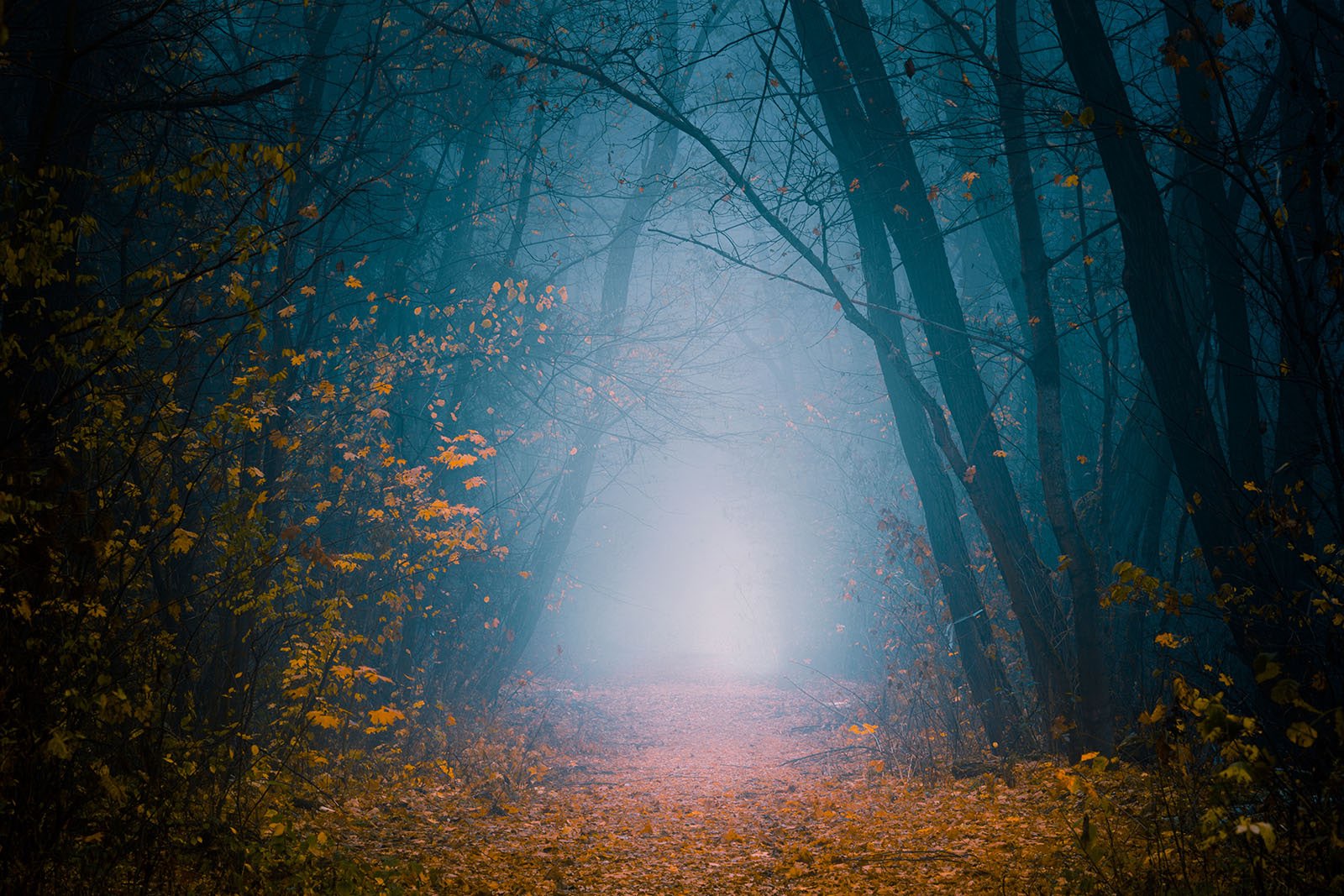
What is the Miyawaki Technique?
The Miyawaki technique represents a distinct approach to afforestation pioneered by Dr. Akira Miyawaki, a renowned Japanese botanist and plant ecologist. This method entails the planting of a variety of indigenous plant species within a confined space, resulting in the establishment of a dense and diverse forest ecosystem. Unlike conventional afforestation practices, the Miyawaki method emphasizes the simultaneous planting of multiple species in a limited area, fostering rapid growth and the formation of dense forests.
Miyawaki forests exhibit exceptional characteristics, functioning as self-sustaining ecosystems with minimal maintenance requirements. Moreover, they demonstrate a remarkable growth rate, proliferating tenfold faster than traditional forests, rendering them particularly well-suited for reforestation initiatives.
Recieve detailed updates by joining Wild Gaia
Help support us by sharing the project
Make a direct contribution to the project
It offers a natural setting for recreation, fostering mental and physical well-being, while also serving as a buffer against noise & air pollution. By enhancing urban areas with Miyawaki forests, the overall quality of life can be significantly improved.
Alternatively known as micro forests, these tennis court sized plots represent compact woodland areas crafted utilizing the Miyawaki methodology. Perfect for gardens and other limited spaces, they offer a plethora of benefits for both the environment and local communities.
These miniature woodlands provide habitats for diverse wildlife and insects, thereby supporting biodiversity. Moreover, they function as effective carbon sinks, absorbing atmospheric carbon dioxide and combatting climate change. Additionally, micro forests can ameliorate the microclimate of an area, reducing temperatures and mitigating the impacts of heat islands.
Establishing a micro forest utilizing the Miyawaki technique is straightforward. It entails planting a variety of native tree species (or local provenance) within a confined area, resulting in the creation of a dense and varied forest ecosystem. With its diverse plant species, such a forest thrives independently and necessitates minimal upkeep.
Wild Gaia therefore plans to lease or rent small plots of land (tennis court sized). These plots can be on virtually any type of landholding (urban or rural) excluding semi-natural vegetation types. We can also use land provided by local communities or businesses as required.
We plan to undertake this work between during 2024, together with conducting initial biodiversity surveys to determine a “baseline” against which future changes to biodiversity can be measured.
The Miyawaki technique, rooted in the principles of plant ecology, employs a strategy of planting diverse native species within a limited space, fostering the growth of a dense and varied forest canopy. This canopy, in turn, creates a microclimate that supports the thriving growth and survival of the plants. By ensuring a wide array of plant species, the technique establishes a self-sustaining forest ecosystem that demands minimal maintenance.
Aligned with the concept of natural succession, where plant communities evolve over time, the Miyawaki method replicates this progression by introducing various native species into a confined area. This diverse mix facilitates the gradual growth and maturation of the forest, resulting in the establishment of a self-sustaining ecosystem that aids in carbon sequestration.
Miyawaki forests emerge as an optimal remedy for urban reforestation challenges. Urban locales often suffer from a scarcity of green spaces and compromised air quality. By enhancing the microclimate, Miyawaki forests mitigate temperatures and counteract the adverse effects of urban heat islands. Additionally, they serve as effective carbon sinks, absorbing carbon dioxide from the atmosphere and mitigating climate change. Therefore, they are also suitable for use in smaller towns and villages as well
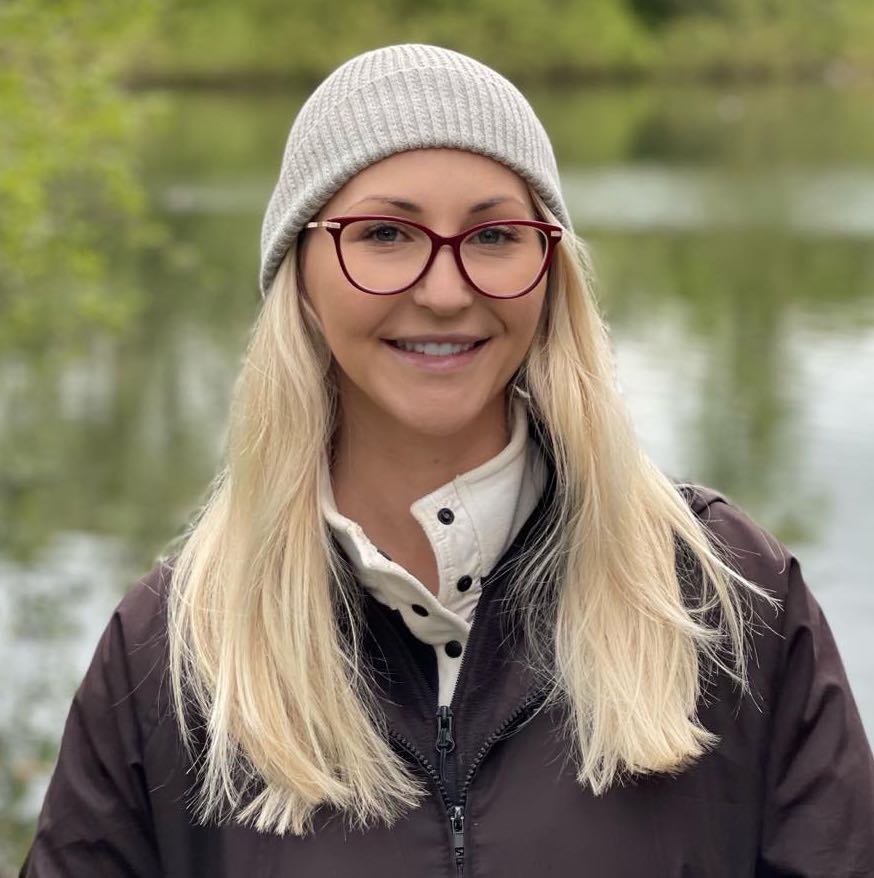
catriona porter
Ecologist
Cliodhna Loughran
Research
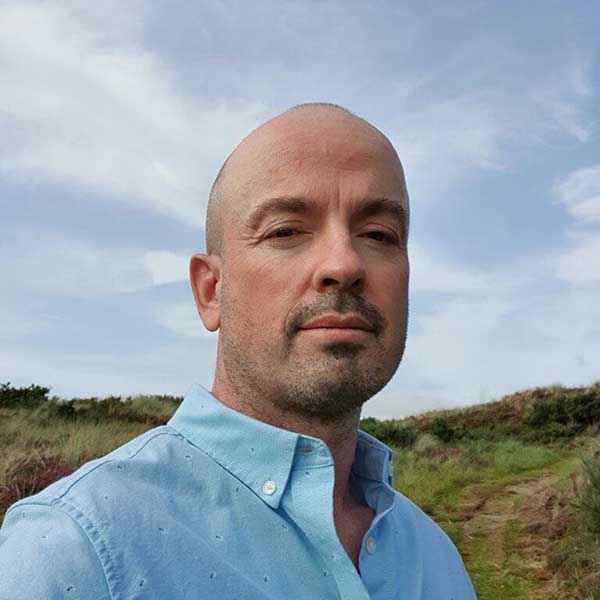
cormac loughran
Founder
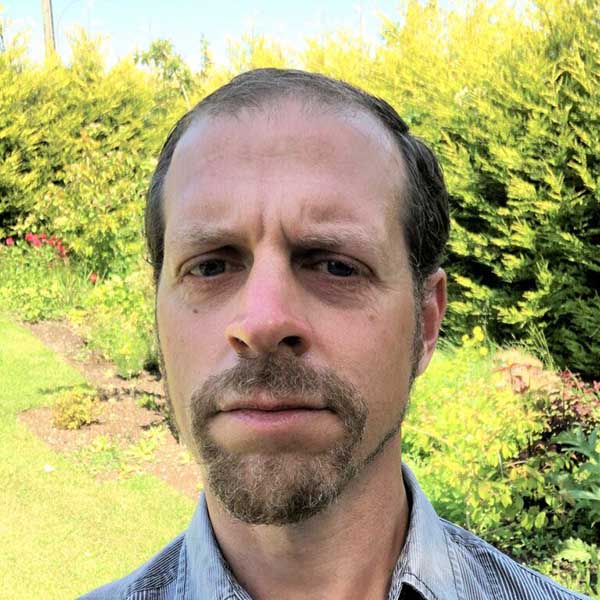
karl hamilton
Raptor Ecologist
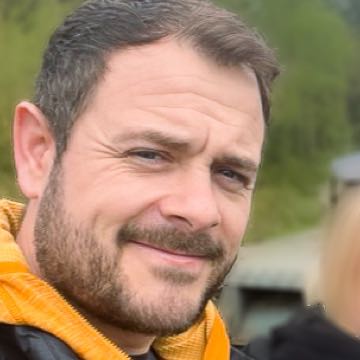
philip leathem
Photographer / Videographer
https://urban-forests.com/miyawaki-method/
https://www.chelseagreen.com/2023/the-miyawaki-method/
Project Author: Cormac Loughran
Join us and become part of a community committed to restoring Ireland’s natural beauty: